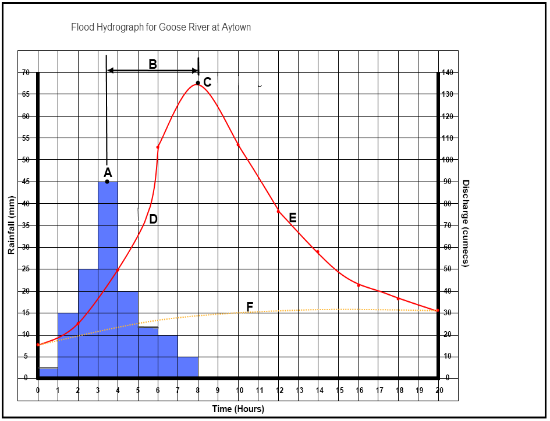Water System, Drainage Basins & Flooding - Open
- APES
- IBESS
2.
You may optionally provide this to label your report, leaderboard, or certificate.
×
Thank you for your feedback!
















